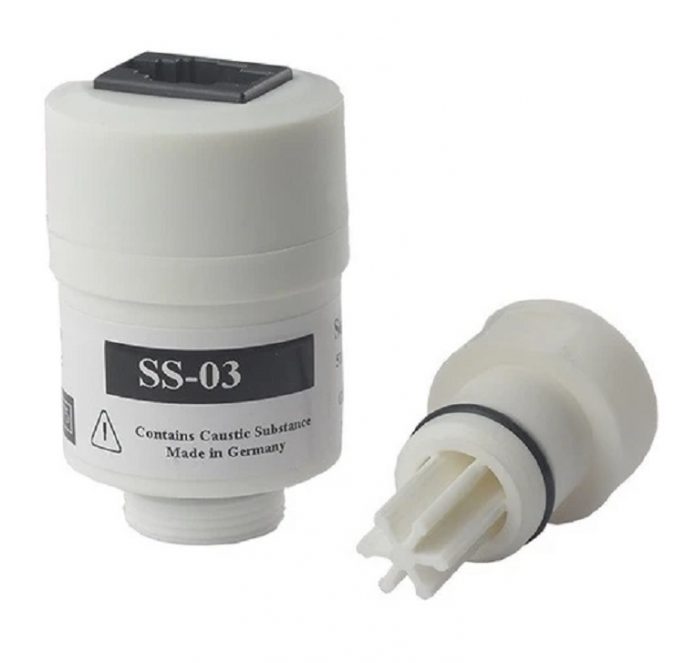Over recent years, hospital technology has revolutionised extraordinarily, transforming patient care, improving accessibility and enhancing healthcare and control of disease. The evolution of technology has allowed us to use new features that have proved vital in maintaining the high-quality healthcare that medical professionals can offer today.
One of the most efficient and useful tools in hospital tech is the sensor. Sensors like the ones provided by Sensoronics are used for a number of different purposes, and there’s no contesting their importance in the hospital environment. Here are just a small number of reasons why sensors are so essential for delivering quality healthcare:
-
Help to detect patient’s vital signs
Sensors are frequently used in hospitals to monitor patients and ensure a patient is being offered the correct treatment. Oxygen sensors, for example, measure the flow and pressure of oxygen being delivered to a patient, and can be used to assess the patient’s overall respiratory functioning. Without working sensors, a ventilator would struggle to deliver the appropriate ratio of air to oxygen to the patient.
2. Enable medical professionals to access patient info efficiently
Sensors in hospitals allow medical professionals to do their jobs more quickly and efficiently, by providing them with accurate patient information with immediacy and to the doctor’s convenience. Pulse sensors, for example, give doctors access to live heart rate data that can be used to assess a patient’s current situation, or analyse progress over a longer period of time. Another number of sensors can be used during surgery, kidney dialysis and ventilation for more efficient medical performance.
3. Assist patient recovery
Because sensors are so useful in giving an accurate analysis of a patient’s symptoms and vital signs, doctors can use them when deciding how best to treat a patient to ensure the fastest recovery time. For example, by treating patients to a pulse oximetry test, doctors can determine exactly how much oxygen is being sent to the parts of the body that are furthest from the heart, which can help them to detect issues and work through ways to resolve them.
4. Relieve the medical professional of some responsibility
There are certain tasks that must be carried out by a medical professional in a hospital environment, and there are others that, while necessary, are an inconvenience and an inefficient use of time. Thanks to the development of sensors in hospital technology, doctors can hand over many of these less efficient jobs to machines, which can carry out the tasks for them. Examples of such jobs might include monitoring patient temperature and heart rate, which can be used in conjunction with anaesthesia delivery machines.
5. Increase the intelligence of medical equipment
Medical equipment that already functions intelligently can be improved more so with the addition of sensors. Sensors in life-supporting implants, as an example, are incredibly useful in enabling a doctor to remotely monitor a patient’s signs, looking out for any trends or changes in data, without the need for intervention by the doctor themselves. This can ultimately cut back on in-hospital costs and ensure a better quality of life for the patient.
Visit the website for any kind of health solution.

